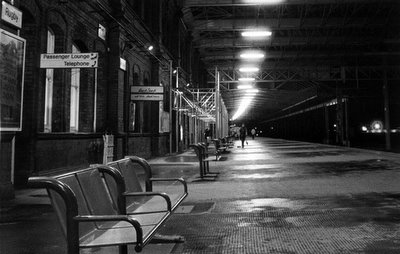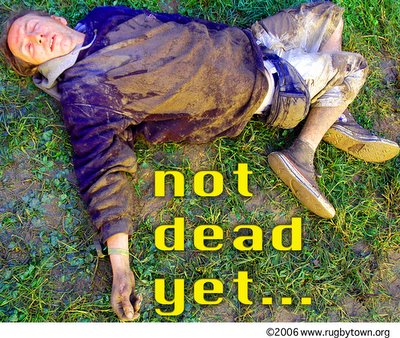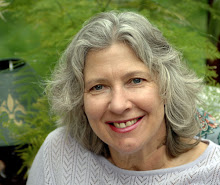Professor Vyvyen Howard came three times to Rugby and twice Councillors were invited to meet him and discuss the serious health implications of the waste-burning and coal/petcoke burning in the cement/co-incinerator in Rugby. Of the 48 Councillors only a handful bothered to turn up.
Yet more evidence against the burning of wastes, in incinerators and in cement kilns!
Cork incinerator site. www.chaseireland.org Burning chemical waste creates finer particles, which are not caught.
Norwich Evening News - 16-02-06
Invisible but deadly incinerator danger by HUGH BOWRING
The fight against plans for a waste incinerator near Norwich was strengthened today after a scientist rebuffed Government claims that the plants were safe.
Professor Vyvyen Howard, who is a leading toxico-pathologist and opponent of incineration, said burning waste as proposed in the £90 million incinerator on the Longwater Industrial Estate in Costessey was dangerous and totally unsustainable.
His comments come after the Health Protection Agency announced findings of a recent investigation, which concluded there was little evidence to suggest serious health problems linked to the large-scale burning of waste.
Prof Howard, who is a lecturer at the University of Ulster, said mass-burn incineration only served to compound the problem of the Earth's increasingly toxic atmosphere.
He said although modern incinerators were cutting out 99 per cent of particles emitted, this figure was based on weight.
What the plants were failing to do was to filter out the smallest, most harmful particles, which weighed virtually nothing, yet made up most emissions.
"We are learning all the time about the damaging effects of ultra-fine particles and have already discovered that the smaller the particles the more inflammatory and toxic they are" he said.
"Breathing in these particles can cause chronic inflammation, which can lead to cancer, as well blood clots and other chronic health effects. If you are living in the vicinity of an incinerator you are going to be exposed to these particles."
Prof Howard said that, even though the US National Academy of Sciences stated back in 1976 that weight-based emission filtration levels were effectively useless, the method had prevailed because no one was yet able to count the number of particles emitted.
The scientist acknowledged many of the particles emitted from cars, power stations and other modern inventions added significantly to the toxic content in the atmosphere.
"We have to start asking is it safe and sensible to press ahead with incineration when there are better alternatives?" he said. "I think the answer to both these questions is no!"
Prof Howard added that greater recycling, material reuse and sustainable
forms of waste treatment were vital for a sustainable future: "Incineration
is just a quick fix solution." he said. "The best solutions lie in organisational energy, effort and imagination."
Yesterday pollution expert Dr Dick Van Steenis told the Evening News how harmful emissions from the proposed plant in Costessey could reach a 17-mile radius.
The Evening News last month held a public meeting, packed with worried families concerned at the proposals for the incinerator.
Norfolk County Council has named the Waste Recycling Group (WRG) as its preferred operator for the controversial scheme.















